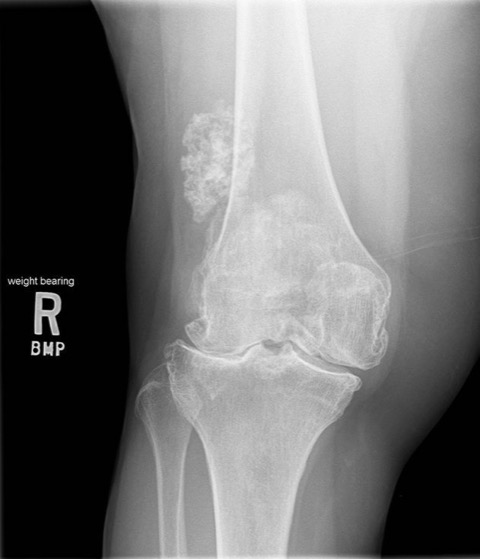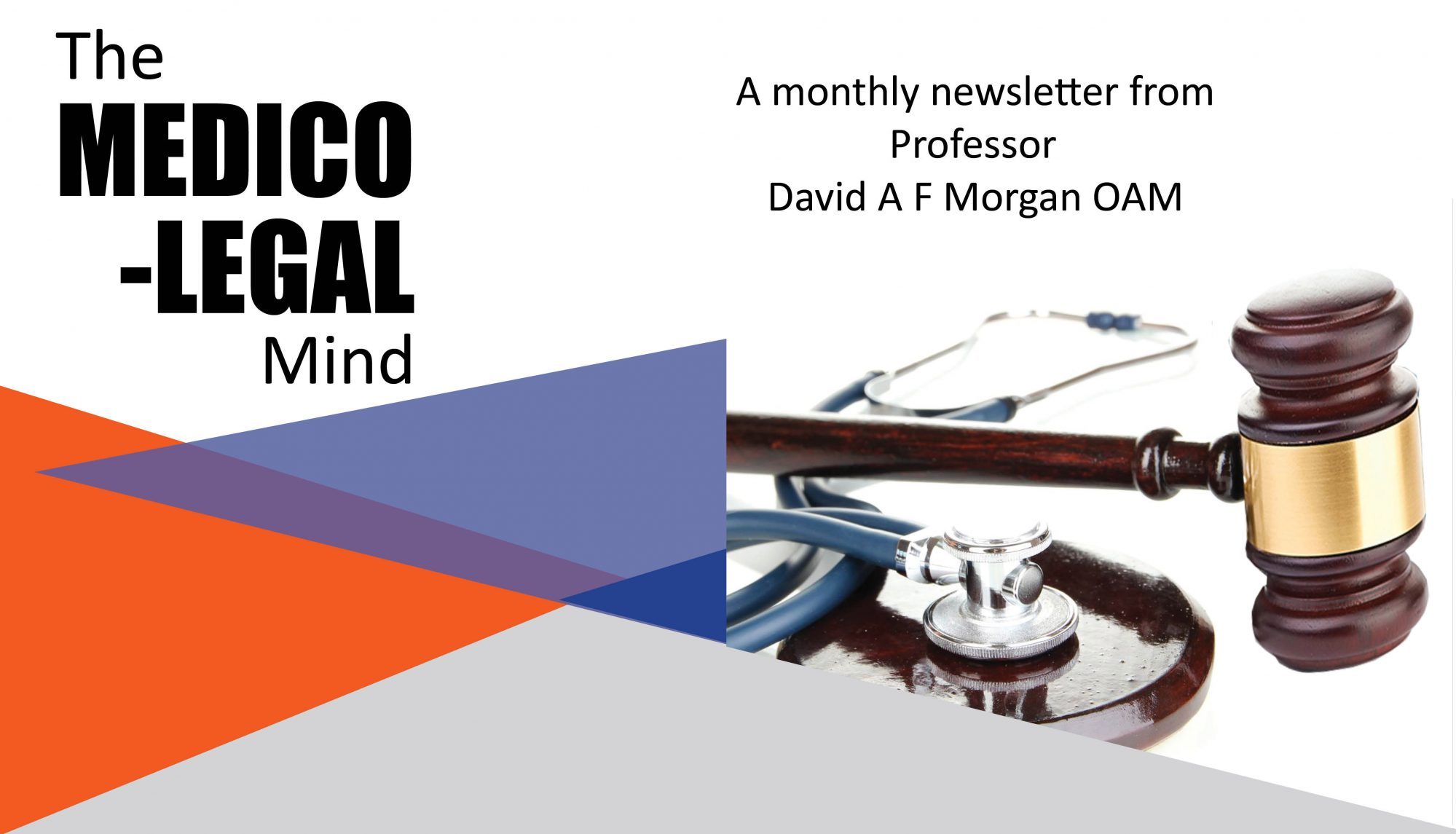CASE VIGNETTES – MARCH 2019
Temporal Links Are Not Always Important
I saw a chap this morning. He is 72 years of age and gave a history of having fallen from a tram in Melbourne in July last year. The tram was at a standstill, he was alighting on the correct side and he was doing so at a designated stop. The gap from the floor of the tram to the platform was measured at 225mm. The gentleman was otherwise unencumbered, ambulated without aids, had his hands free and was cognitively aware of his surroundings.

Despite this constellation of reassuring features, his right knee joint gave way as he placed his right foot on the concrete platform below. He remembered twisting his torso ever so slightly in a clockwise direction, losing his balance and falling onto his right side. He did not lose consciousness although remembers feeling extremely embarrassed. He was travelling alone and it appears that he was ignored by passers-by. He was able to gather his wits, clamber to his feet and proceed the block and a half on foot to the hotel at which he was staying.
The incident occurred just after 5:00pm that day, allowing sufficient time for him to have two glasses of wine before dinner. It was near the end of the second glass of wine that his embarrassment faded and he became imbued with anger. Why did it happen? Whose fault was it? What if he had been seriously injured?
Apart from this emotional turmoil, he thought little more of the incident and in particular, had no real pain in his right knee. The following morning however, the knee joint was painful, it appeared to be mildly swollen and his anger piqued.

He came home to Brisbane four days later. There was still a bit of a niggle in the knee so he consulted with his local medical officer. Radiographs were performed and he was shown to be suffering with quite severe osteoarthritis in all three compartments of the joint. As you look down at the joint, there is a compartment on the inside, a compartment on the outside and one behind the knee cap. His radiographs showed that the joint spaces in all three compartments were severely narrowed, the end plates of the thigh bone and the shin bone were quite sclerotic (appearing white on the x-ray), large spurs had formed at the margins of the joints and there were also a number of defects in the bone, probably in the form of osteoarthritic cysts or geodes.

He was adamant that he was completely unaware that his knee was so severely diseased. Instead, his mind focussed upon the temporal link between the incident that had occurred at 5:00pm that day in Melbourne as he stumbled just a bit when alighting from the tram and the subsequent findings. In his mind, he was convinced that the temporal link also translated to causation.
It wasn’t difficult for him to find a lawyer who agreed, who was prepared to act on a “no win, no fee” basis, and who promptly sent him along for a medicolegal examination.
I understand that stranger things have happened. I sometimes hear in the Courtroom that serious degenerative changes on an x-ray have been hitherto completely asymptomatic in that particular patient. This scenario lies well outside the realms of my orthopaedic experience over the last 40 years but I suppose you never know.
In general terms however, I don’t think that the incident which occurred whilst he was alighting from the Melbourne tram played a significant role in the inexorable, inevitable demise of his knee joint. It might have given rise to some temporary exacerbation. It may have focussed his attention on the knee.

Importantly however, it has not changed the natural history of his knee malady, has not altered either the timing or the extent of any subsequent therapy that he may require and neither is he likely to be worthy of any form of financial compensation.
Do you think I’m too harsh?
